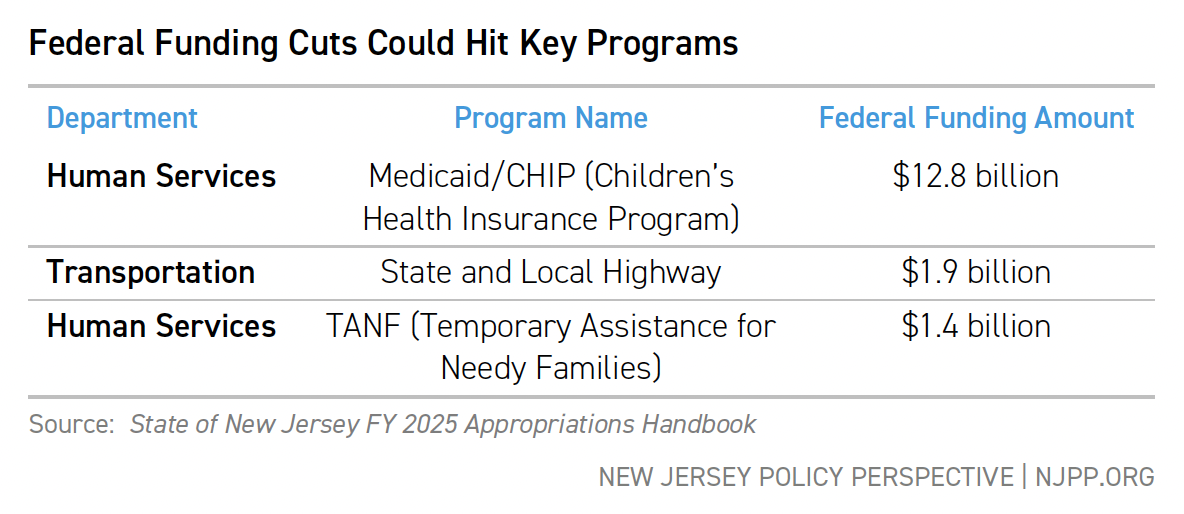Good morning Chair and members of the committee. Thank you for the opportunity to testify.
Economic development tax credits should be targeted towards projects that create good jobs for working people, spur needed economic development in areas of the state that have faced historic disinvestment, and provide positive net-benefits to the communities where projects are built.
The reauthorization of the state’s economic tax credit programs added statutory guardrails and accountability to prior programs through Emerge and Aspire, requiring that corporations that wanted state subsidies needed to prove they were providing real benefits to the state’s communities most in need of business development. New Jersey Policy Perspective (NJPP) encourages state lawmakers to incorporate those principles into this program to protect the state’s finances and its residents from bad deals.
The simplest path forward: Build the manufacturing tax credit program within the existing structure of Emerge, rather than create it from scratch.
As it stands, the proposed program will take potential credits out of Emerge and Aspire, making less available for economic development and affordable housing construction in the parts of the state most in need. Instead of using the existing guardrails of Emerge or Aspire, the proposed bill instead delegates much of the responsibility for ensuring fair deals to the Economic Development Authority (EDA), rather than codifying them in statute.
The EDA has shown how Emerge and Aspire can encourage economic growth without giving up on enforcement of accountability measures for corporations truly committed to equitable growth in New Jersey. But a future EDA administration, without the statutory requirements of those programs, might take a trip back to the bad old days of unaccountable money going out the door without clear benefits for the state’s residents and communities.
Regardless of the overall merits of a manufacturing tax credit program, no one industry should sidestep the state’s existing guardrails and requirements for economic development tax credits. If corporations will get substantial state subsidization, the state should ensure its residents reap the benefits, not just corporate shareholders.

